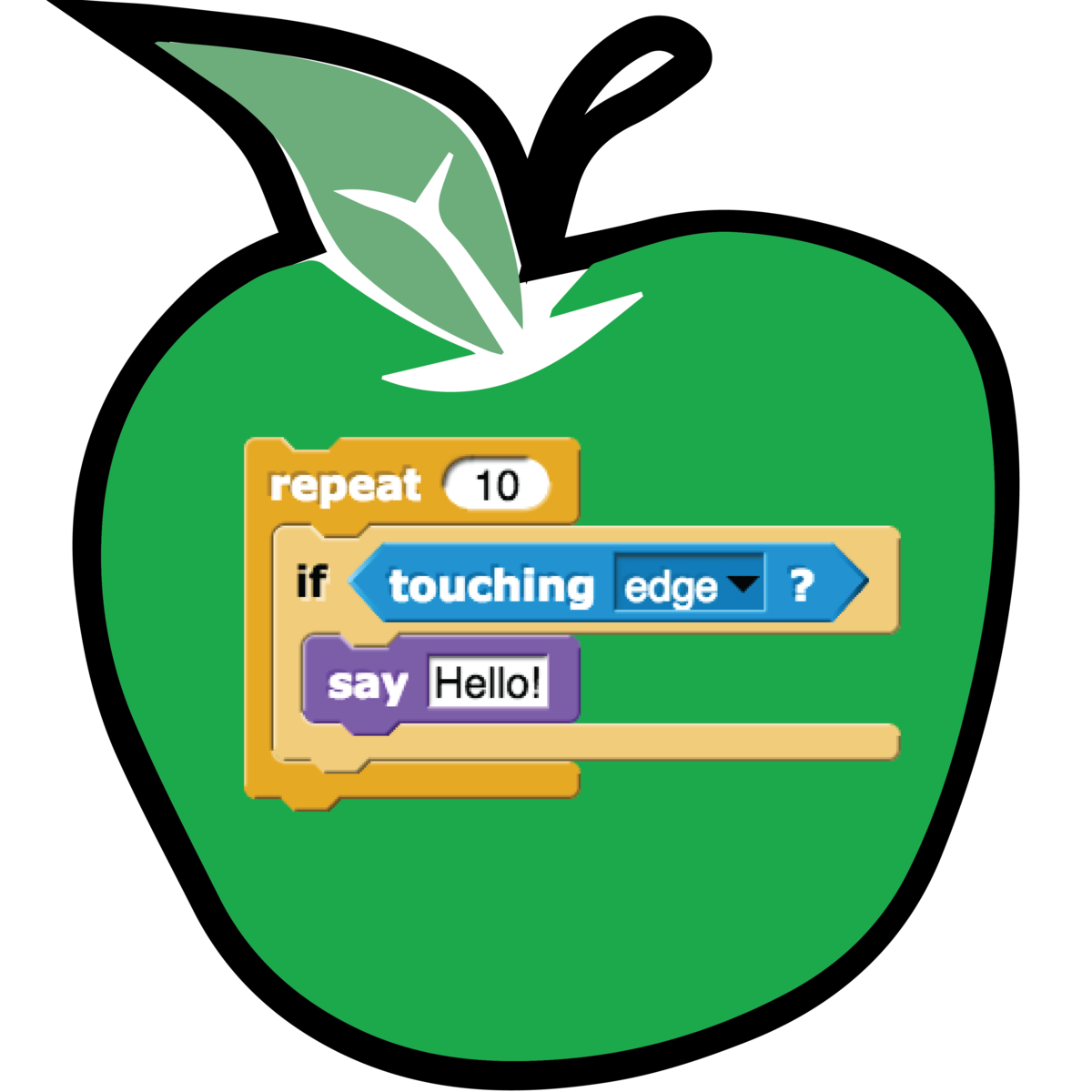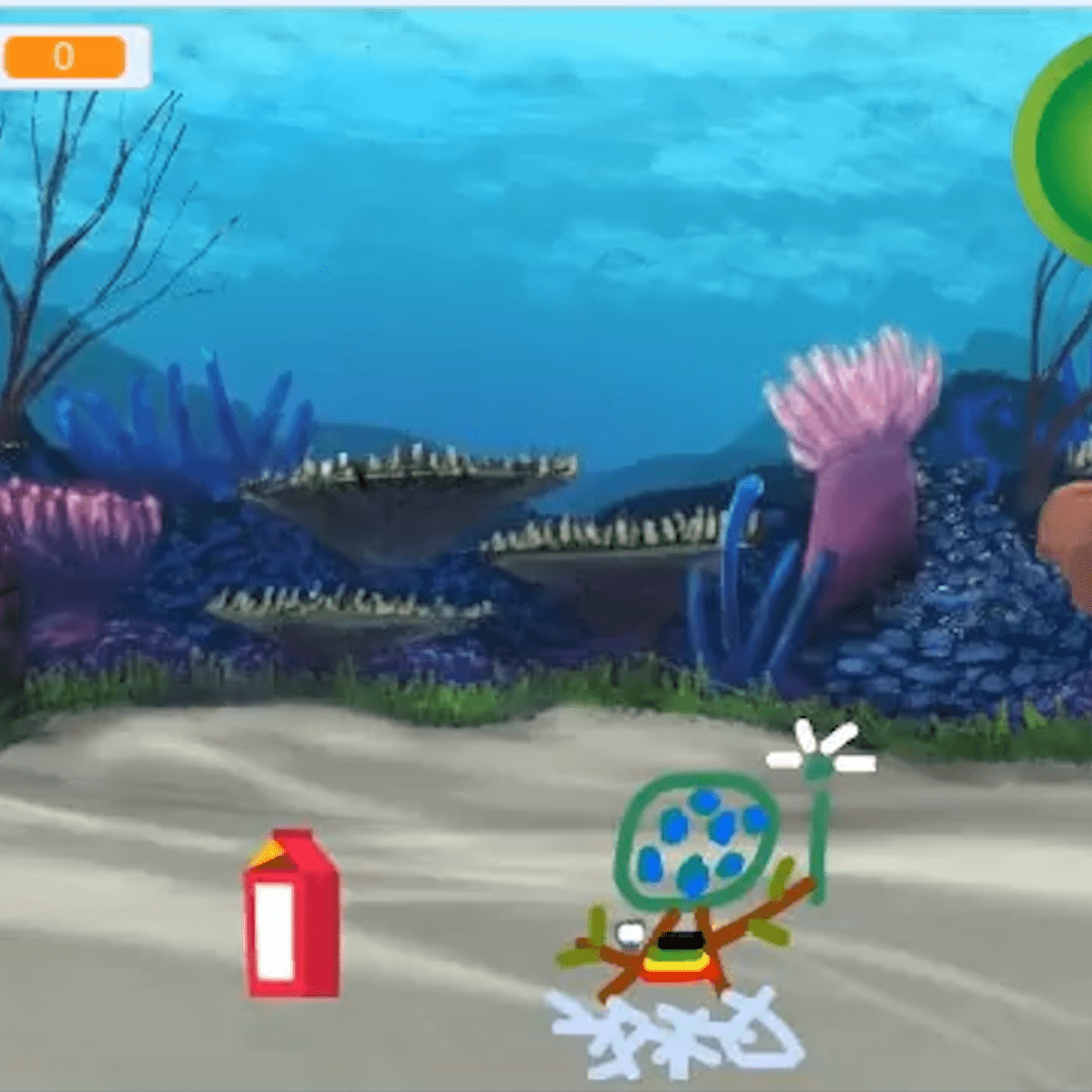Back to Courses









Education Courses - Page 26
Showing results 251-260 of 264

Online teaching: Using Zoom to connect with learners
Using cloud-based video conferencing platforms such as Zoom has become, for many people, a part of everyday life. This is particularly true for learners of all ages who are now spending more time online connecting with their peers or studying remotely. To ensure a successful learning experience for our online learners, educators and teachers need to feel confident designing and delivering a live Zoom class.
In this course, you’ll explore the Zoom functions that are relevant to teaching a live online class, such as Zoom’s class management tools, break-out room function, chat, screen-sharing and the poll function. More importantly, this course will provide practical real-world examples of how to use these functions successfully in a live class setting, as well as provide an opportunity to design, develop and create your own Zoom lesson plan.
The course is suitable for anyone who designs or delivers synchronous or live online Zoom classes.
Learning Outcomes
By the end of this course, you’ll:
1. Demonstrate an understanding of the basic functions of Zoom
2. Recognise the Zoom class management tools
3. Evaluate the ways Zoom can be used to deliver engaging live online class activities
4. Design, develop and create a Zoom lesson plan

Facilitate Organized Online Dialogue with Considerit
Why is it so hard to participate in fruitful online dialogues, especially with dozens or hundreds of participants? Why do we so easily get caught up on divisive topics and opinions, instead of building up on each other perspectives? One may argue that the tools often used for such discussions (i.e., social media) are, by design, biased toward polarizing discourse.
Therefore, this project presents Considerit, a digital tool for "civil, organized, and efficient online dialogue". While participating in and creating a forum on Considerit you will experience its capacity to handle nuances of complex discussions, as well as for visually summarizing what a community thinks about a specific statement, and why.
So join us with an idea for a forum you would like to create and some perspectives around the future of life on planet Earth!

Uncommon Sense Teaching: Teaching Online
In Uncommon Sense Teaching: TEACHING ONLINE we’d like to help you to move toward fresh approaches to online teaching that build on the latest insights from scientific research. We’ll use insights from movie-making—not to mention from odd visual tricks in Barb’s kitchen—to see how students learn, both independently and together. We all know, for example, that social learning is valuable in helping students grapple with tough concepts as well as in making learning more fun. But if you understand what is happening in the brain during social learning, you can also understand why certain approaches commonly used in online learning, such as discussion forums, can sometimes pose a challenge. As you will see, we can use insights from neuroscience not only to motivate our students, but to help them change their very identity.
Our course is designed for university professors, vocational instructors, K-12 teachers, coaches, business trainers, parents, and in fact, anyone who is trying to teach concepts or skills online. We're not just talking about traditional academic materials—if you’ve ever considered teaching a course on Udemy, putting up a video series on YouTube, or launching your own educational blog, this course is also for you. An essential and exciting point is that students can learn even BETTER online than they can in the traditional face-to-face classroom. That’s whether you’re teaching synchronously—that is, live, via a platform like Zoom; or you’re teaching asynchronously—that is, any time—by having videos and other teaching materials accessible to students whenever they want.
You can take this course independently from the other two "Uncommon Sense Teaching" courses in this specialization—some of the neuroscience- and cognitive-psychology-based insights we’ll mention here in simple ways are explored more deeply in those other courses. So feel free to take the other two courses in the specialization in conjunction with or after this course. If you’ve already taken the other two courses, you’ll find that this course reviews and extends the practical insights from neuroscience you’ve already received in unexpected new directions. And you’ll find even deeper insights we haven’t covered before.
In TEACHING ONLINE you'll be joining a trio of experienced online instructors who have taught millions in some of the world's most popular online courses. One of our deepest goals for this course is to help YOU to teach others to improve their ability to reach and teach students. We’ve loaded the animations and visuals we've developed for this course online in PowerPoints (licensed under Creative Commons) in the assets under the videos, as well as in the resources section. You can rework these PowerPoints as you wish to reteach this material to your colleagues and students. Your sharing and resharing of this material is one of the best things you can do to help us all move teaching and learning forward to a visionary future. YOU are the foundation—children, adults, and society as a whole can leap ahead because of your desire to learn and spread these new ideas!

Connect with Diverse Audiences during a Public Health Crisis
Public health communicators have a duty to communicate health information with integrity, accuracy, and clarity. For messaging to be most effective, public health communicators must help their audiences draw meaningful connections with the information being shared, and connect with them in ways that foster trust and credibility.
This course emphasizes how public health communicators can segment their audiences into smaller groups, thereby allowing them to tailor messages to each group's unique needs. You will explore how public health communicators recognize and overcome underlying biases, assumptions, and stereotypes to create messaging that is rooted in empathy, as well as leverage persuasive communication strategies to frame and deliver messages in ways that appeal to audiences’ core values. You will learn to approach media interviews with confidence, adjust your communication strategy in the moment, and center your focus on your audiences and their needs.

Value-Based Care: Organizational Competencies
COURSE 5 of 7. This course is designed to introduce you to the changes an organization will need to make to succeed in value-based care and payment. In previous courses in this specialization, you were introduced to the Accountable Care Learning Collaborative (ACLC). One of the models you will explore is the ACLC’s Accountable Care Atlas model. This model, along with additional information from the Health Care Payment Learning and Action Network (HCP-LAN), will help you begin to understand the challenges and rewards of transitioning to value-based care. In Module 2, you will explore those concepts through the lenses of three types of healthcare organizations, tying those examples back to types of value-based contracts. You will also explore strategies to address some of the challenges in the journey to value-based care. In the summative assignment, you will demonstrate your knowledge by envisioning that you have been invited to speak as part of a roundtable discussion on the challenges of transitioning to value-based care and payment. You will develop an outline of talking points in which you will share why VBC is valuable, the challenges and strategies that might address them, and where you see opportunities for progress in the transition to value-based care.

Computational Thinking for K-12 Educators: Conditional Loops and If Statements
Want to make a game that ends when you "catch" an object by clicking on it? Or maybe you get points based on how close you came? You'll do that in this class!
This class teaches the concepts of conditional loops and if/else statements. For each concept, we'll start by helping you connect real-world experiences you are already familiar with to the programming concept you are about to learn. Next, through a cognitively scaffolded process we'll engage you in developing your fluency with problem solving with repeat until loops, while loops, and if/else statements in a way that keeps frustration at a minimum.
Along the way you will learn about the common challenges or "bugs" students have with these concepts as well as ways to help them find and fix those concepts. You'll also be guided in running classroom discussions to help students develop deeper understanding of these concepts.
Finally, you'll learn how to support interactive learning experiences among your students with Peer Instruction.
Additionally, you will create a resource for your classroom to support an equitable classroom.

Teaching Popular Music in the Classroom
Teaching Popular Music in the Classroom explores approaches to teaching popular music from culturally rich communities in the United States. Students in the course will learn teaching methods that engage youth with the basics of improvisation, technology, songwriting, arranging film score, and writing to the strengths of small bands. The course models how to integrate principles of authentic cultural relevance and positive youth development with contemporary music instruction, while providing tools for assessing and documenting learning and program progress.
Students in the course will refine their own pedagogical skills, applying principles of contemporary music instruction. Content and approaches are intended for secondary music programs, but can be adapted for elementary grade levels. All lessons are based in core standards for music education with recommendations for assessments.

Teaching Writing Process
Half a century ago, a revolution took place in the teaching of writing. Educators asked, “What if we were to study how professional writers wrote, as a way to learn how we might teach writing more effectively?” The result was the writing process movement, with its emphasis on not just writing as product but as process. Good writing doesn’t magically appear, nor does it spring from the brain fully formed and perfect the first time. Instead, all writers engage in a process, and while that process can vary writer to writer, some stages do seem to apply, in some way, to almost every writing situation. This course demonstrates how teaching writing as process can lead to a significant increase in students’ comfort level and confidence as writers. Learners will examine methods for teaching writing as discovery, and for using low-stakes writing and reflection in their classes. They’ll fill their toolbox with practical strategies and techniques for teaching writing to students of any age, in any situation.

What future for education?
Through this course you will start to critically examine your own ideas about education, teaching and learning. The critique will be developed through engagement with theories and ideas developed through educational research. You will be encouraged to use these ideas to challenge or support your own ideas about education.
Each week we will focus on one key question, using video lectures, key readings and challenges to explore some commonplace notions about education. With the guidance of the course team, you will be asked to use these ideas to critically reflect on your own understandings and experience. By the end of the course, you will have developed a personal response to the main question: what is your preferred future for education?

Game-based Learning with Scratch
From old-age analog to high-tech digital, games are one of the most attention capturing mediums that exist. Many wonder why. Even more wonder how to use or create games that are capable to achieve specific goals, from costumer retention to civic engagement.
In this hands-on guided project you will understand how the process of game design (and playing) can be used as a vehicle for learning. To that end, we will be engaging with theoretical and practical resources on the "Art of Game Design", as well as with the Scratch environment, which will be used to create a game of your own throughout our process.
Popular Internships and Jobs by Categories
Find Jobs & Internships
Browse
© 2024 BoostGrad | All rights reserved